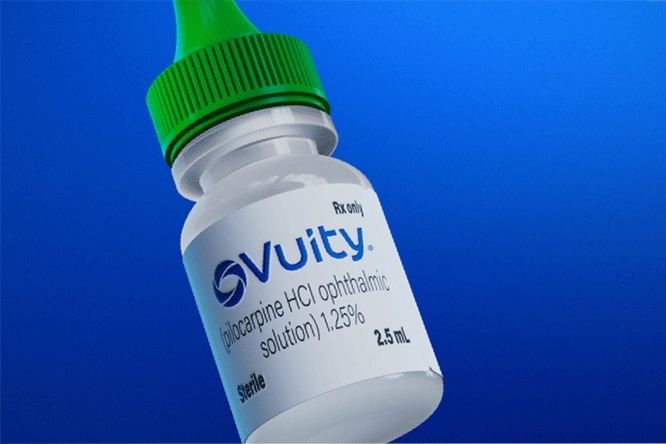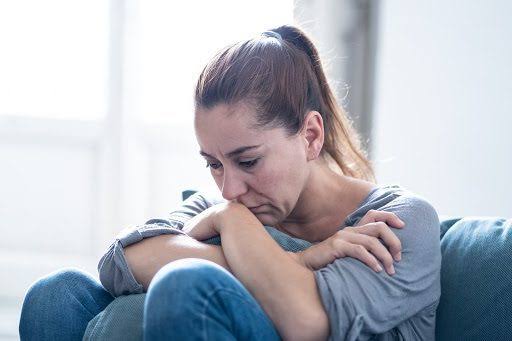
Introduction to Mast Cell Stabilization Assay
Mast cells play a critical role in allergic reactions and immune responses. They are activated when allergens bind to IgE antibodies on their surface, leading to the release of histamine, cytokines, and other inflammatory mediators. The stabilization of mast cells prevents this degranulation process, thereby reducing allergic responses. The mast cell stabilization assay is a widely used method to evaluate the anti-allergic potential of compounds or plant extracts.
The procedure involves isolating mast cells from animal models (commonly rats), exposing them to an allergen or mast cell activator (e.g., compound 48/80), and assessing the ability of test substances to inhibit degranulation or mediator release.
Step-by-Step Procedure for Mast Cell Stabilization Assay
1. Preparation of Materials
- Reagents and Chemicals:
- Compound 48/80: A well-known mast cell activator that induces degranulation.
- Tyrode buffer: Used as a medium for isolating and maintaining mast cells.
- Composition includes NaCl, glucose, NaHCO₃, KCl, NaH₂PO₄, gelatin (for Tyrode buffer B), HEPES, CaCl₂, MgCl₂, and BSA (for Tyrode buffer A).
- Toluidine blue stain: Used to visualize mast cells under a microscope.
- Formaldehyde-methanol solution: For fixing cells on slides.
- Plant Extracts or Test Compounds: Prepared using solvents like petroleum ether, chloroform, or methanol.
2. Animal Model Selection
- Male Sprague Dawley rats weighing between 150–250 g are commonly used.
- Animals are maintained under standard laboratory conditions with controlled temperature (25°C) and humidity (50–60%).
3. Isolation of Peritoneal Mast Cells
- Anesthetize the rat using ether.
- Inject 20 mL of Tyrode buffer B into the peritoneal cavity.
- Gently massage the abdomen for approximately 90 seconds to dislodge peritoneal cells.
- Open the peritoneal cavity carefully and aspirate the fluid containing peritoneal cells using a Pasteur pipette.
4. Purification of Mast Cells
- Centrifuge the aspirated fluid at 150 × g for 10 minutes at room temperature to sediment the cells.
- Resuspend the pellet in Tyrode buffer B.
- Separate mast cells from other components (e.g., macrophages and lymphocytes) by centrifugation at 400 × g for 15 minutes in a metrizamide gradient.
- Collect purified mast cells from the pellet and resuspend them in Tyrode buffer A containing calcium ions.
5. Preincubation with Test Substances
- Divide purified mast cell suspensions into groups based on treatment:
- Control group: No test substance; only compound 48/80 is added later.
- Normal group: No compound 48/80; only DMSO is added as a solvent control.
- Experimental groups: Preincubate with different concentrations of test substances (e.g., plant extracts) for 30 minutes at room temperature.
6. Induction of Mast Cell Activation
- Add compound 48/80 (2 μg/mL) to each experimental group except the normal group.
- Incubate all samples for an additional 15 minutes at room temperature.
7. Fixation and Staining
- Place two or three drops of each suspension onto glass slides.
- Fix the cells using a formaldehyde-methanol solution (1:3 ratio).
- Stain with toluidine blue dye (0.1%) to identify activated versus non-activated mast cells under a microscope.
Evaluation and Analysis
Counting Activated vs Non-Activated Mast Cells
- Observe slides under a research microscope at 40× magnification.
- Count at least 100 total mast cells per slide:
- Activated mast cells appear degranulated due to disrupted granule structure caused by compound 48/80 stimulation.
- Non-activated mast cells retain intact granules.
Calculation of Percent Protection
Percent protection provided by test substances can be calculated as follows:
(Percent Protection = ((Control Group Activation − Experimental Group Activation) / Control Group Activation) × 100)
This quantifies how effectively test substances prevent degranulation compared to untreated controls.
Release of Nitric Oxide Measurement (Optional Step)
Nitric oxide release is another parameter often measured alongside mast cell stabilization:
- After incubation with test substances and compound 48/80, centrifuge samples at 400 × g for supernatant collection.
- Add Griess reagent to each supernatant sample and incubate in darkness for color development (~10 minutes).
- Measure absorbance at 546 nm using a spectrophotometer against a sodium nitrate standard curve.
Statistical Analysis
Experimental results are expressed as mean ± SEM (standard error mean). Statistical significance is determined using appropriate tests such as unpaired Student’s t-test or ANOVA with P <0.05 considered significant.
By following these detailed steps, researchers can systematically evaluate anti-allergic activity through mast cell stabilization assays while ensuring reproducibility and accuracy.







